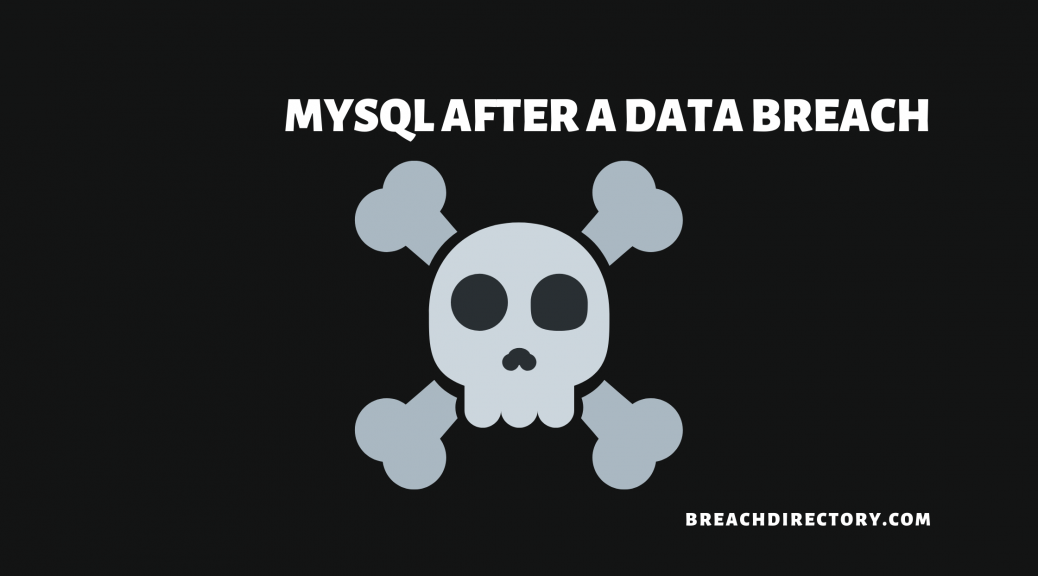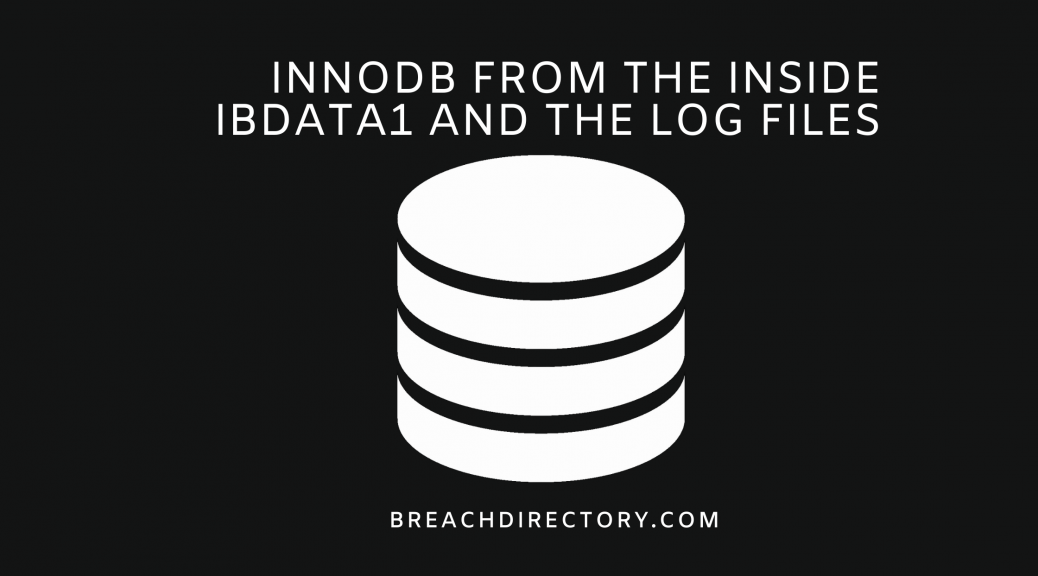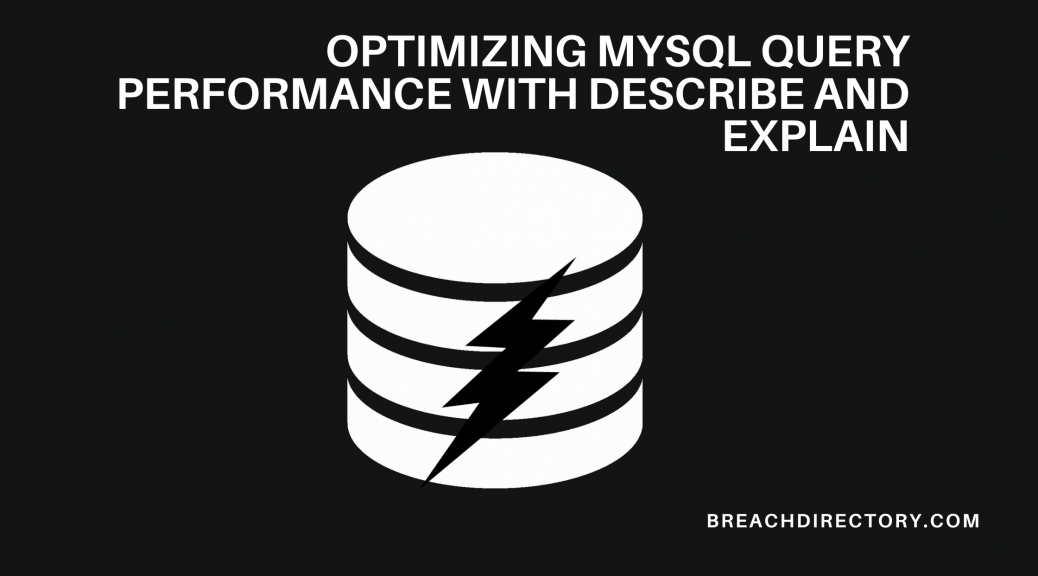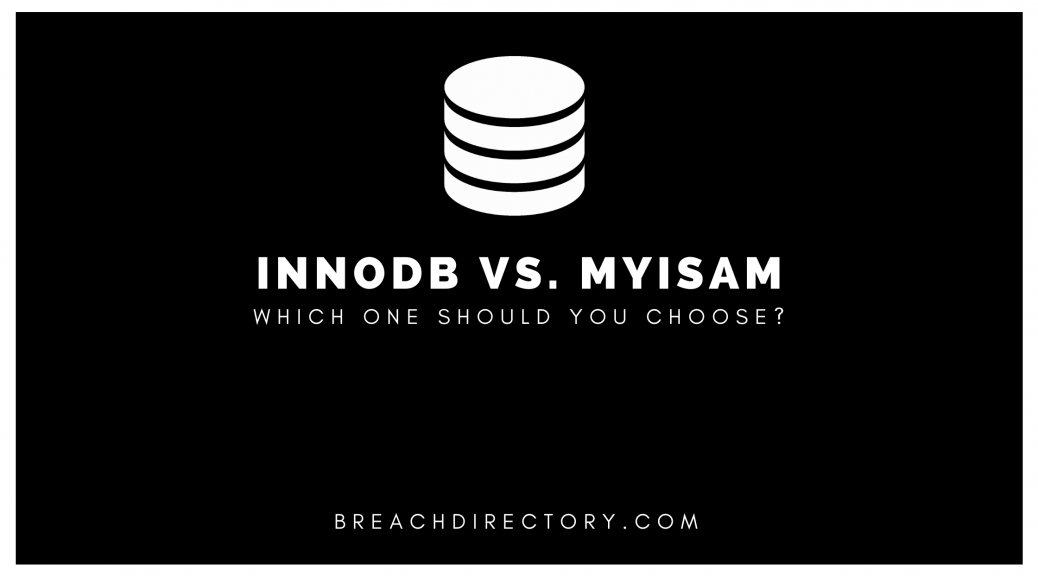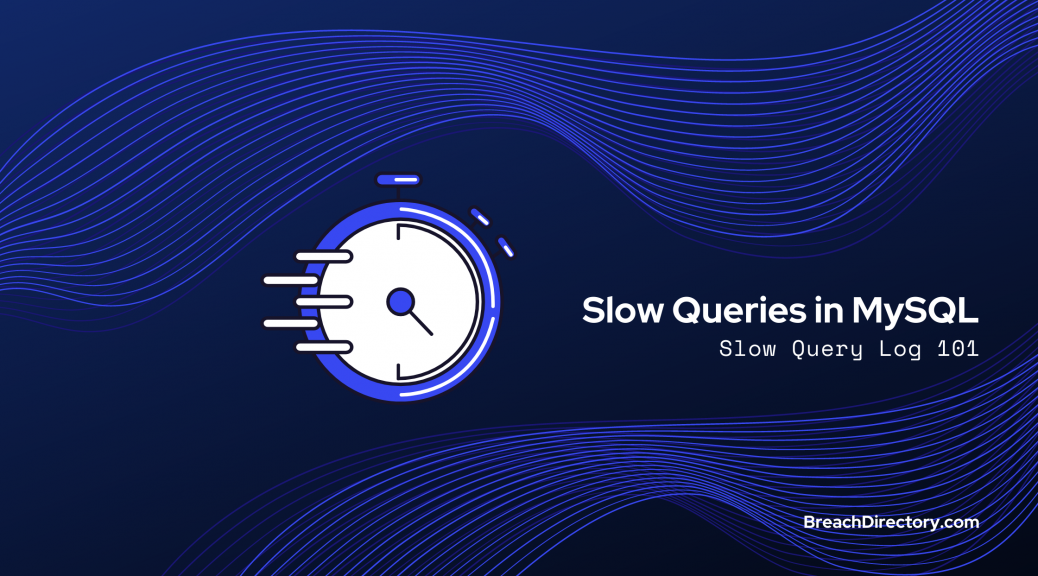What Should You Do After a Data Breach?
Rarely a day passes by without another data breach hitting the Internet – if you have an account on any website, chances are that your digital identity has been stolen or at least there were attempts to steal it. While we have covered how to prevent being impacted by data breaches in the future (we have even discussed how to secure MySQL!), we have not yet covered what you should do after a data breach. This blog post will explain…

